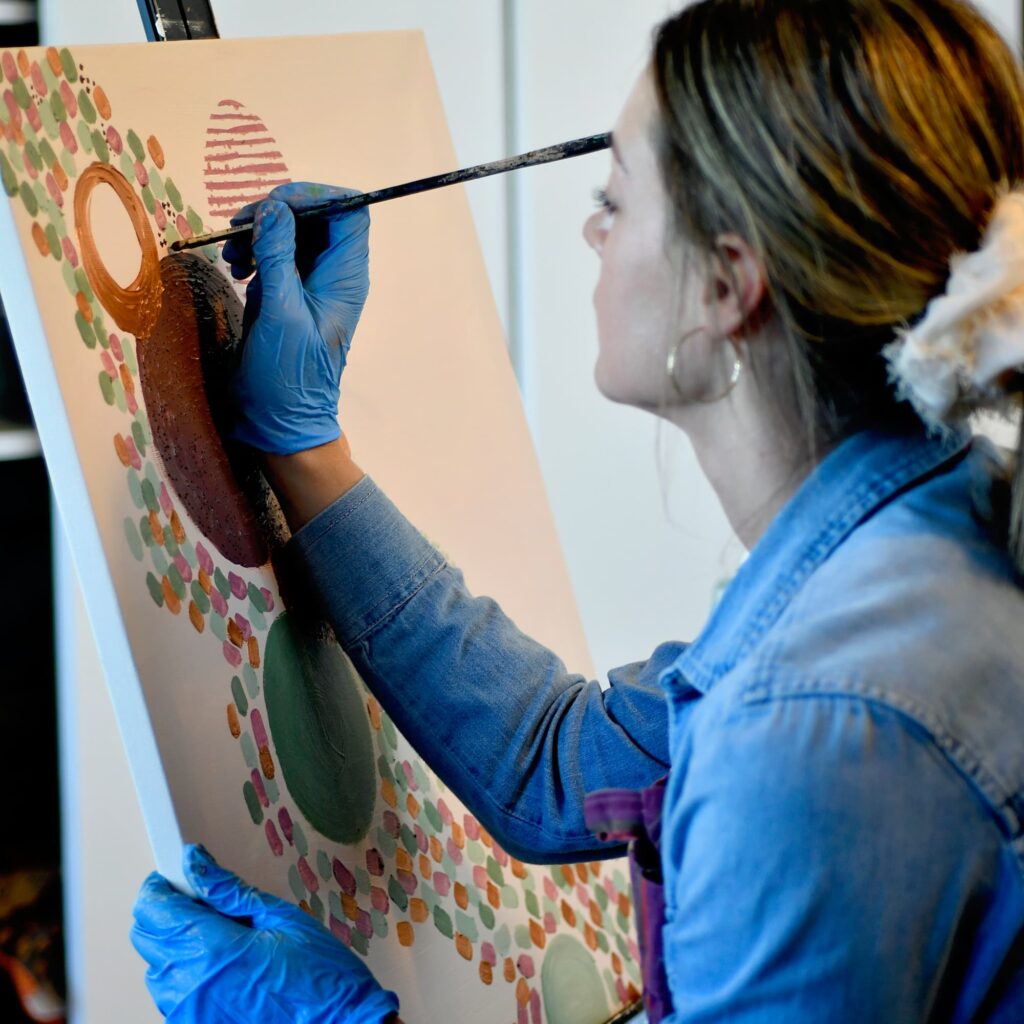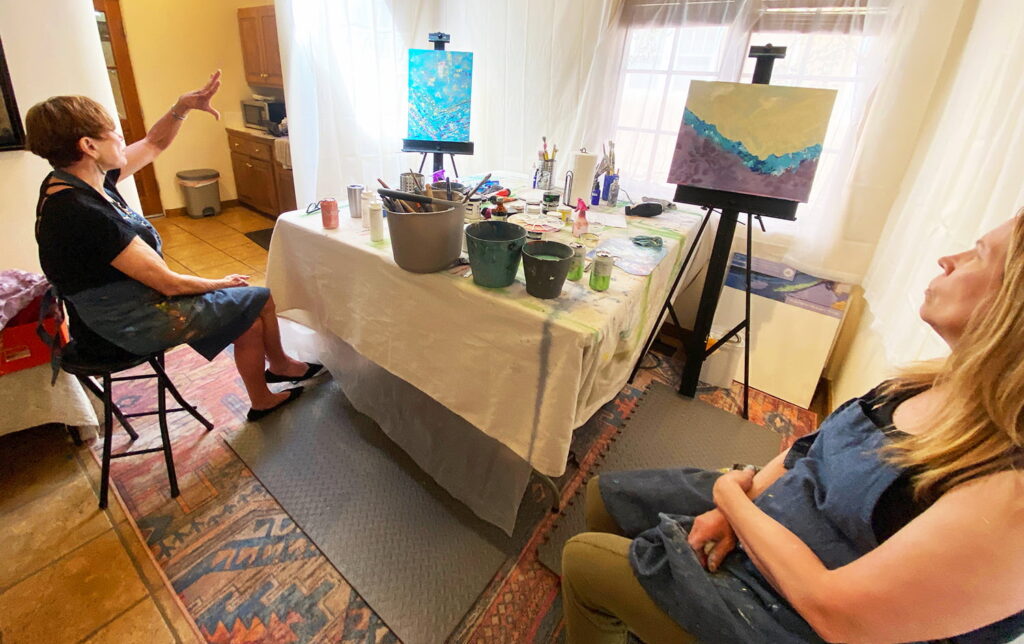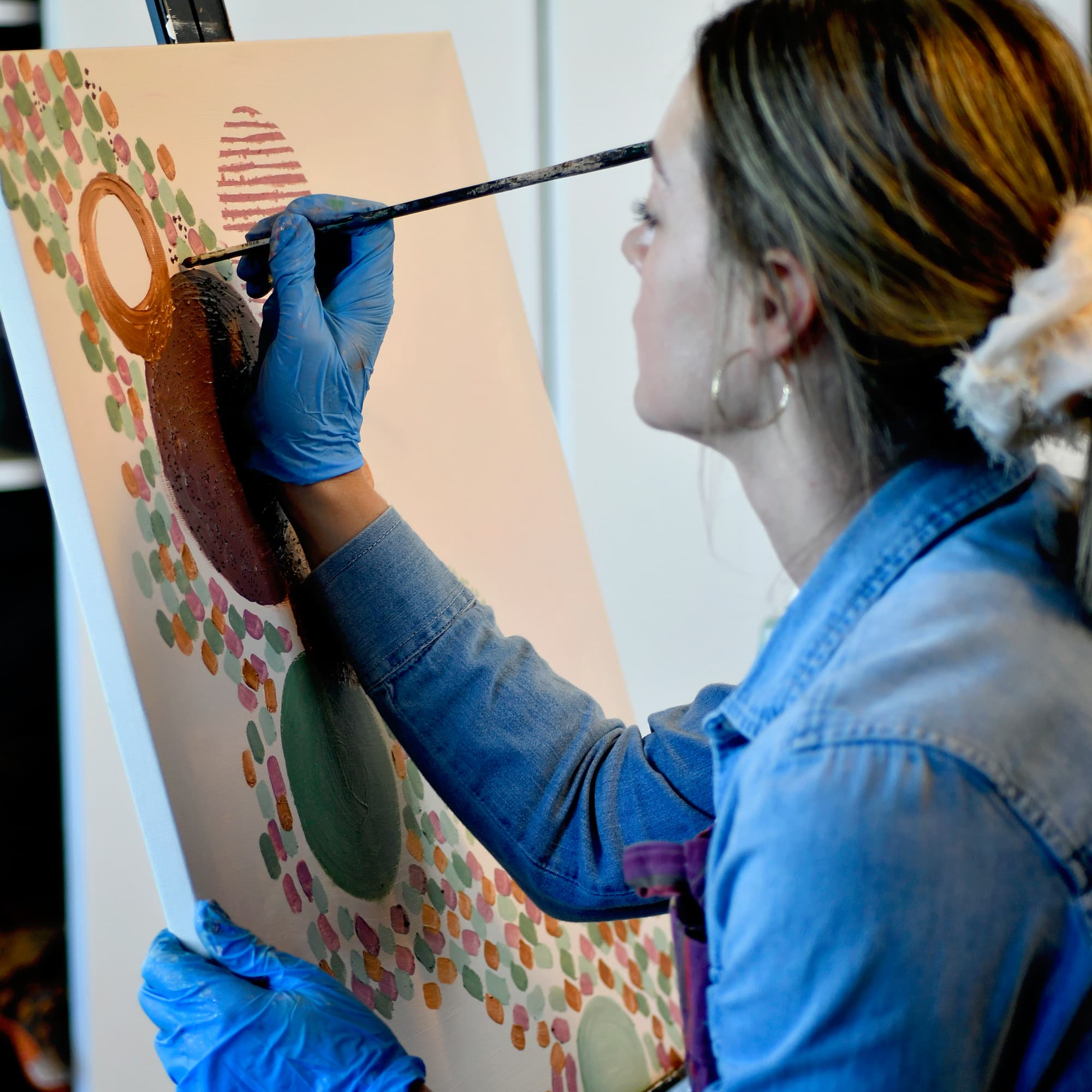How to Grow Creatively: Strategies for Artists
The journey of an artist is ever-evolving, filled with moments of inspiration, experimentation, and growth. To thrive as an artist, you must embrace a mindset of continuous improvement. Whether you’re a seasoned artist or just embarking on your creative journey, these strategies will empower you to nurture your creative growth and enhance your artistic practice actively.
1. Embrace a Growth Mindset
Begin your artistic journey by embracing a growth mindset. This mindset believes that abilities and intelligence can evolve through dedication and hard work. As an artist, it means recognizing that your artistic skills can continuously evolve and improve. Growth mindsets have gained popularity in education over the past several years, emphasizing the potential for continuous development.
Consider the legendary artist Pablo Picasso. He didn’t confine himself to one style but ventured through various artistic phases throughout his career. Look at his work and you will see still lives, figure paintings, portraits, explorations in cubism , abstraction, a variety of palettes, and so on. His willingness to experiment and evolve exemplifies a growth mindset. By adopting a similar mindset, you unlock endless possibilities for your artistic development.
2. Cultivate Regular Practice and Consistency
The cornerstone of creative growth is regular practice and consistency. Just like any skill, artistic abilities improve with practice. Consistency is the linchpin to significant progress.
Dedicate specific time for your art. Whether it’s a few hours daily or a set schedule tailored to your lifestyle, consistent practice is key. The “10,000-hour rule,” popularized by Malcolm Gladwell, suggests that it takes approximately 10,000 hours of practice to attain mastery in a particular field. While this rule isn’t a strict guideline, it underscores the importance of dedicated practice in artistic growth.

3. Foster Experimentation and Exploration
Consistency is crucial, but so is the willingness to experiment and explore. Don’t hesitate to step out of your comfort zone, trying new techniques, styles, and mediums. It’s through experimentation that you discover your unique artistic voice. Discovering your artistic voice enhances the enjoyment of your creative process, enabling you to produce more authentic and consistent work.
Consider the renowned artist Vincent van Gogh. He ventured into various painting techniques and color palettes throughout his career, resulting in his distinctive style. Van Gogh’s artistic journey was marked by fearless experimentation, resulting in a body of work that continues to inspire artists worldwide.
4. Seek Inspiration Everywhere
Draw inspiration from diverse sources. While the art world itself is rich with inspiration, don’t confine yourself to it. Look for creative sparks in nature, literature, travel, and everyday life. The more diverse your sources of inspiration, the more unique and multifaceted your art becomes.
For instance, the famous painter Georgia O’Keeffe drew inspiration from the landscapes of Northern New Mexico, infusing her work with the essence of the American Southwest. By seeking inspiration beyond traditional art forms, you can infuse new life into your creative process.
I find my morning walks with my dog particularly inspiring, focusing on the colors, textures, and forms in my surroundings. During these walks, I often photograph or mentally note these elements as sources of inspiration
5. Prioritize Continuous Learning and Education
Fuel your artistic growth through continuous learning and education. Regardless of your skill level, there’s always room to expand your knowledge and hone your craft. Consider enrolling in art classes, workshops, or online courses aligned with your interests and goals.
A search online will reveal a plethora of courses in various art disciplines. These courses introduce you to new techniques, provide expert guidance, and connect you with a community of fellow artists. For example, I teach a course called ‘Abstraction Beyond Boundaries,‘ tailored for beginner and intermediate abstract painters. Learning is a lifelong journey, and as an artist, you have the opportunity to evolve continually.
6. Cultivate Collaboration and Networking
Art doesn’t exist in isolation. Collaborating with other artists and networking within an art community can be incredibly beneficial for your creative growth. Collaborations expose you to different perspectives and approaches, expanding your artistic horizons.
Networking allows you to connect with fellow artists, art enthusiasts, galleries, and potential patrons. Building relationships within the art world can lead to opportunities for exhibitions, partnerships, and valuable feedback on your work.
In today’s digital age, artists have numerous opportunities to engage with online communities. For instance, I facilitate online group coaching programs tailored for intermediate to advanced artists seeking improvement, exposure, and integration into the professional art community. These programs unite artists with similarly ambitious peers pursuing a professional artistic journey like yours.

7. Set Goals and Monitor Progress
Establish clear goals and monitor your progress as you nurture your creative growth. Goals provide direction and motivation, anchoring your artistic journey. Whether it’s completing a series of artworks, mastering a specific technique, or participating in an art show, having goals keeps you focused.
Consider employing the SMART goal framework (Specific, Measurable, Achievable, Relevant, and Time-bound). SMART goals offer a clear roadmap for success. For instance, instead of a vague goal like “improve my art,” you could set a SMART goal like “complete ten small abstract paintings using a new technique within the next three months.” Check out my my blog post that provides step-by-step instructions for setting SMART goals.
8. Practice Critique and Self-Reflection
Harness the power of critique and self-reflection to propel your artistic growth. Evaluating your work critically allows you to identify areas for improvement. With a discerning eye, you can pinpoint strengths and weaknesses, making informed decisions about your artistic direction.
Constructive criticism from trusted peers or mentors can also be immensely valuable. Seek feedback from individuals well-versed in your chosen medium. Constructive criticism isn’t about dismantling your work but providing insights and suggestions for enhancement.
I recommend searching for a regularly-meeting online critique group to ensure you consistently receive valuable feedback on your work. I offer regular online critique meetings in both my Abstraction Beyond Boundaries course, and my Art Evolve group coaching program.
9. Overcome Creative Blocks Resourcefully
Artists often encounter creative blocks, moments when inspiration feels elusive. These blocks can be frustrating but are a natural part of the creative process. Overcoming them demands resourcefulness, patience, and creativity.
When faced with a creative block, consider experimenting with new techniques or revisiting past projects for fresh inspiration. Explore different mediums or take breaks to engage in non-artistic activities that recharge your creativity. Remember that creative blocks are transient and often precede breakthroughs in your work.
When I feel blocked, I often engage in a mindless activity like cleaning or organizing my studio space. This action helps clear my mind, reset my environment, and encourages the flow of new ideas.
10. Exercise Patience and Perseverance
Lastly, bear in mind that nurturing creative growth is an ongoing journey that requires patience and perseverance. Improvement doesn’t happen overnight, and there will be moments of frustration and self-doubt along the way. During these challenging times, your determination to persevere becomes paramount.
Reflect on the story of Vincent van Gogh, who faced numerous personal and artistic challenges throughout his career. Despite hardships and initial lack of recognition, he persisted in his artistic journey. Today, his work is celebrated globally, a testament to the power of persistence.
Conclusion
In conclusion, nurturing your creative growth as an artist is a dynamic and rewarding process. Embrace a growth mindset, practice consistently, experiment fearlessly, and seek inspiration from diverse sources. Keep learning, collaborate, set goals, and engage in self-reflection. Overcome creative blocks with patience and remember that artistic growth is a journey of perseverance.
Your artistic journey is unique, and the path to creative growth is personal. By applying these strategies and actively dedicating yourself to your craft, you’ll find yourself evolving as an artist and continually improving your art practice. Embrace the creative journey, for it’s in the process of growth that your art truly comes alive.
ABOUT ANDREA CERMANSKI
I am an artist out of Santa Fe, New Mexico who has been painting for almost 30 years. I love to teach first-timers as well as experienced painters who need a creative reboot. My work has been displayed in several galleries around the country, and I have a Bachelor’s in Art History, a Master’s in Art Education, and had my work in a show juried by Judy Chicago. The idea of getting more people painting makes me light up as I want to inspire more people to express their creative selves and tap into a place of joy and calm.
WANT TO LEARN MORE?
- Subscribe and get a FREE PDF explaining How to Use My 5 Favorite Mediums
- Check out My Online Painting Course & Group Coaching Programs
- Read More Painting Tips Blog Posts
- Learn About 3-Day Painting Retreats in Santa Fe
- Check out My Paintings & Art Prints for Sale
- Follow me on Youtube, Instagram, or Pinterest
